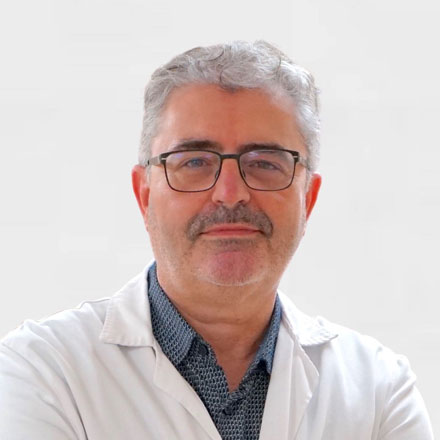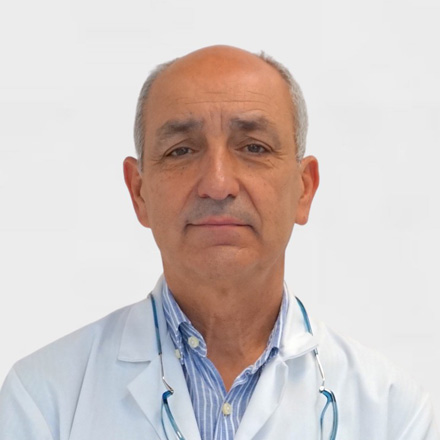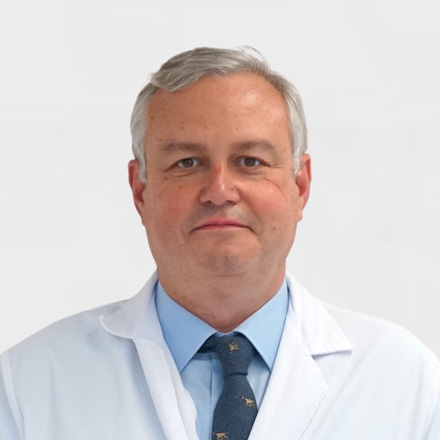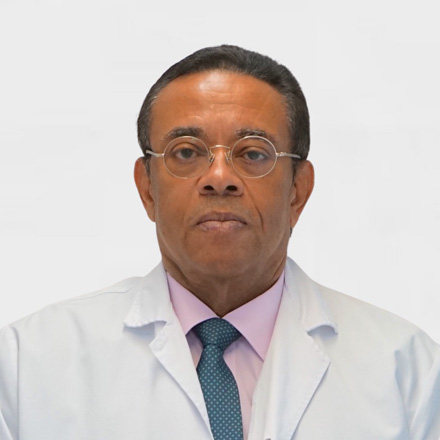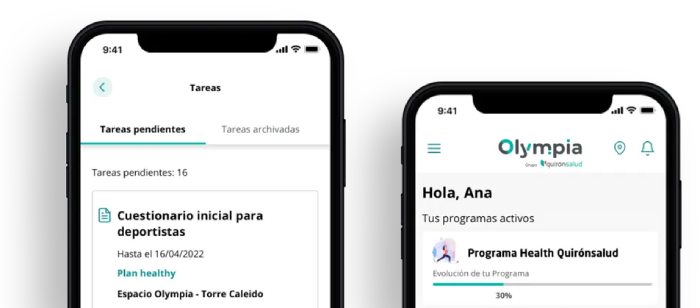Medical Center
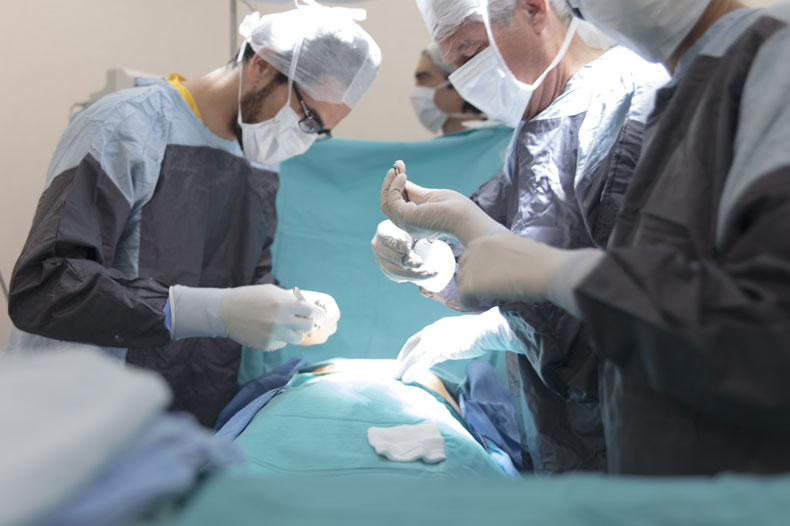
General and Digestive System Surgery
Our General and Digestive System Surgery Unit is made up of a team of specialists with extensive experience in all surgical procedures in this speciality. Our main goal is to provide patients with the best technical quality and the most cutting-edge options in the surgical treatment of their disease. It should be noted that more than 90% of surgical procedures are performed using a minimally invasive or laparoscopic approach.
Innovative techniques
At the Olympia center we perform various types of outpatient surgical procedures that require no hospitalisation, including the following innovative techniques:
- Proctology
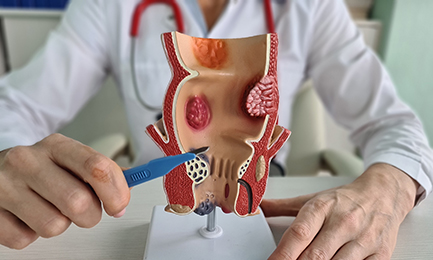
Proctology
- Treatment of haemorrhoids: we are a group with more than 30 years’ experience in the use of coloproctology to treat all types of haemorrhoids, as well as fissures and fistulas. Depending on the degree and type of haemorrhoids, we carry out minimally invasive treatments, without wounds and with a rapid recovery, thanks to innovative techniques including radiofrequency ablation and laser-assisted resections in high risk cases, to promote healing and reduce pain.
- Treatment of anal fistula: we perform minimal tissue resection by radiofrequency ablation of the pathway. For complex fistulas, we use endoscopic treatment.
- Treatment of anal fissure without scarring: we apply botulinum toxin to minimise possible sequelae on the anal sphincter, especially indicated in women of childbearing age or patients with sphincter pathology.
- Endoscopic treatment of pilonidal sinus (dermoid cysts): the endoscopic route is a new technique that allows us to minimise the surgical wound without resecting healthy tissue, thus shortening recovery times and allowing patients to return to their normal lives within a few days.
- Abdominal wall surgery: Dermal tumours
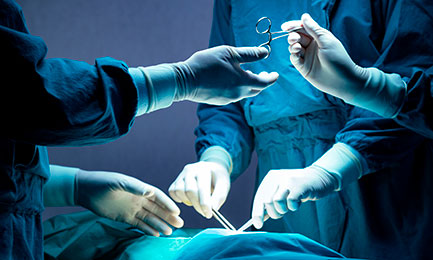
Abdominal wall surgery: Dermal tumours
- Benign lesions: we perform surgery on benign skin lesions (lipomas, cysts or verrucous lesions) using an optimal technique. We perform a skin suture without external stitches, which provides a more aesthetic result.
- Malignant lesions: we treat lesions that require extensive wounds and reconstruction with skin flaps or grafts. We pay special attention to melanoma surgery. We have a unit made up of surgeons, oncologists and nuclear medicine specialists with extensive experience in this type of surgical treatment and subsequent follow-up. The approach requires the use of skin flaps for reconstruction and the availability of the sentinel lymph node, as well as collaboration with the Nuclear Medicine Unit, and mastery of complex surgery for lymphadenectomy or treatment of metastatic melanoma disease.
- Thyroid surgery
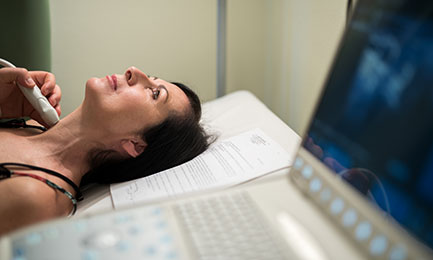
Thyroid surgery
We have expert surgeons in radical cervical lymphadenectomy and thyroid surgery for the treatment of both benign disease and thyroid tumours. The use of recurrent laryngeal nerve monitoring, specific energy sources and the laboratory for intraoperative PTH monitoring allows us to minimise risks and avoid post-surgical complications.
- Obesity surgery
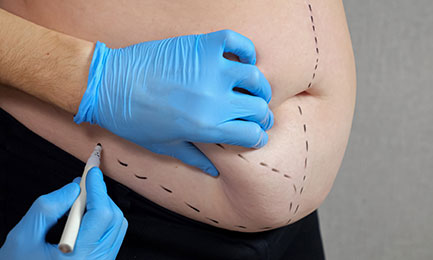
Obesity surgery
The Obesity Surgery Unit has more than 20 years’ experience and is staffed by fully trained surgeons and experts certified by the Spanish Obesity Society.
We have performed more than 500 surgical procedures over the last six years, including vertical sleeve gastrectomies, by-passes, type II diabetes surgery and weight regain reinterventions. All with a 0% mortality rate and a 1% reoperation rate, which is well within international standards for this type of surgery.
At the Olympia Obesity Unit, we work together with the Endocrinology, Nutrition, Endoscopy and Nutrition departments.
- Surgical oncology

Surgical oncology
We form part of an oncosurgical committee to provide a correct diagnosis and propose the best treatment options to patients for the optimal control of their disease.
We have the best diagnostic and assessment methods for oncological disease both at Olympia and at ‘La Luz’ University Hospital. We apply 3D reality to plan the surgical procedure, use 4K laparoscopy tower and real-time indocyanine green technology for the correct staging in surgical resection and we have an oncological treatment unit that guarantees the best approach to the disease.
- Hepatobiliary and pancreatic surgery: the laparoscopic approach is the standard for most operations. The use of cutting-edge technology such as the cavitron scalpel (CUSA or cavitron ultrasonic surgical aspirator) or the bipolar Aquamantys system allows us to carry out safe resections while minimising bleeding and postoperative complications.
- Oesophageal cancer surgery: the laparoscopy and thoracoscopy joint approach, combined with indocyanine green technology, allows us to perform safe surgery with a reduction in the number of complications and more oncological resections.
- Colon and rectal cancer surgery: in these cases, the standard approach is laparoscopy with a single-port trocar (Gel Port), which allows safe resections, minimising the surgical wound and facilitating subsequent recovery. We have extensive experience in endoluminal rectal surgery (TAMIS or transanal minimally invasive surgery) for neoplasms of the lower rectum, which reduces the need to leave a permanent colostomy bag, and the local resection of rectal tumours when indicated.
- Abdominal wall surgery: Hernias
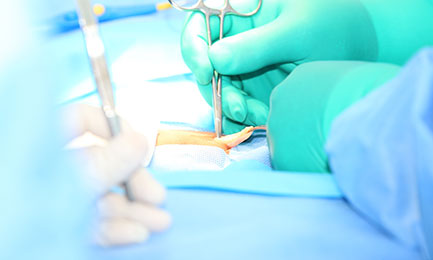
Abdominal wall surgery: Hernias
Most hernias are treated on an outpatient basis (in the Day Hospital) and using a laparoscopic approach to minimise scarring and pain, as well as facilitating early return to work.
- Inguinal and crural hernia: laparoscopic treatment for both unilateral or bilateral inguinal hernias and for recurrent hernias.
- Umbilical hernia: small umbilical hernias are treated with a minimal periumbilical incision and specially designed mesh. For large or recurrent hernias, we use a laparoscopic approach with internal wall repair, which increases safety and minimises postoperative pain.
- Eventrations: in most cases, the approach is laparoscopic, and depending on the size and location, hospitalisation may be required (on these occasions, we perform the surgery at ‘La Luz’ University Hospital).
- Abdominal wall surgery: Complex eventration and diastasis recti
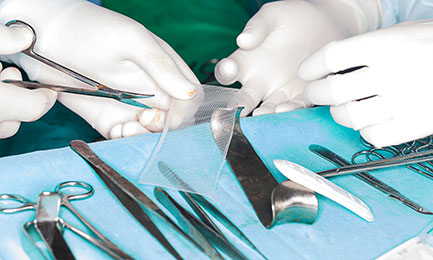
Abdominal wall surgery: Complex eventration and diastasis recti
Our surgeons are experts in minimally invasive and endoscopic approaches to the complex abdominal wall and subsequent aesthetic reconstruction of the wall. Most of the time, this surgery requires hospital admission, which is why it is performed at ‘La Luz’ University Hospital.
- Diastasis recti: this pathology is very common in young women after childbirth and not only creates an aesthetic problem, but also affects bowel function. The laparoscopic approach using three ports at suprapubic level (Preaponeurotic endoscopic repair or REPA technique), with or without skin resection, minimises scarring and ensures a complete reconstruction of the midline with simultaneous correction of possible hernias, very often associated with this pathology.
- Eventration: the laparoscopic approach to the abdominal wall with mesh reduces both the surgical wound and pain, making it easier to return to an active life while maintaining high efficacy. We perform all types of laparoscopic procedures:
- Transabdominal IPOM (intraperitoneal onlay mesh) technique.
- Laparoscopic Rives.
- Anterior component separation (LIRA or laparoscopic TAR, etc.).
- Large eventrations or wall defects: these are some of the most complex pathologies to treat, which is why we have surgeons with extensive experience in this area. We use botulinum toxin and perform a preconditioning of the wall, as well as a subsequent aesthetic reconstruction of the skin.


